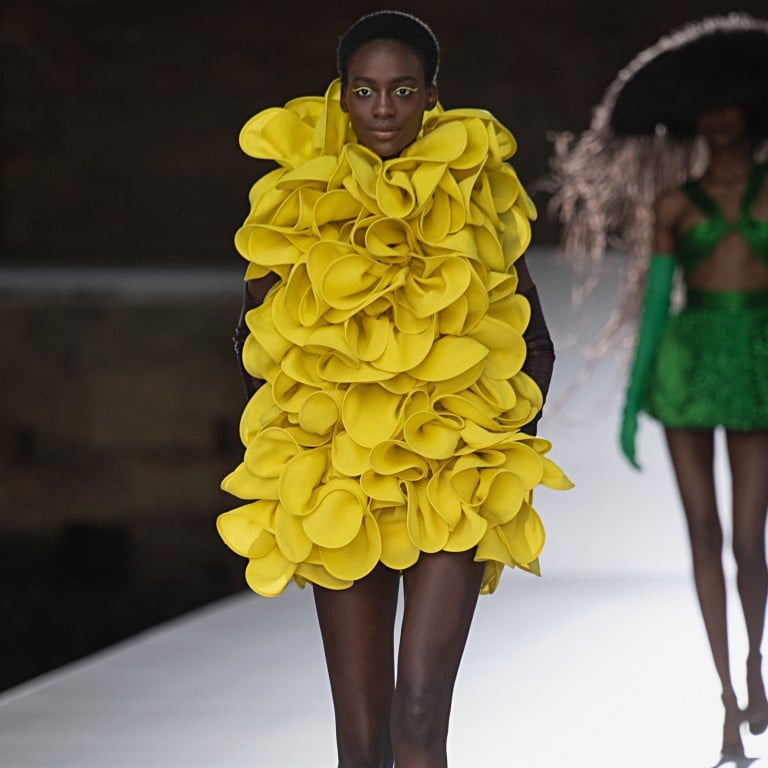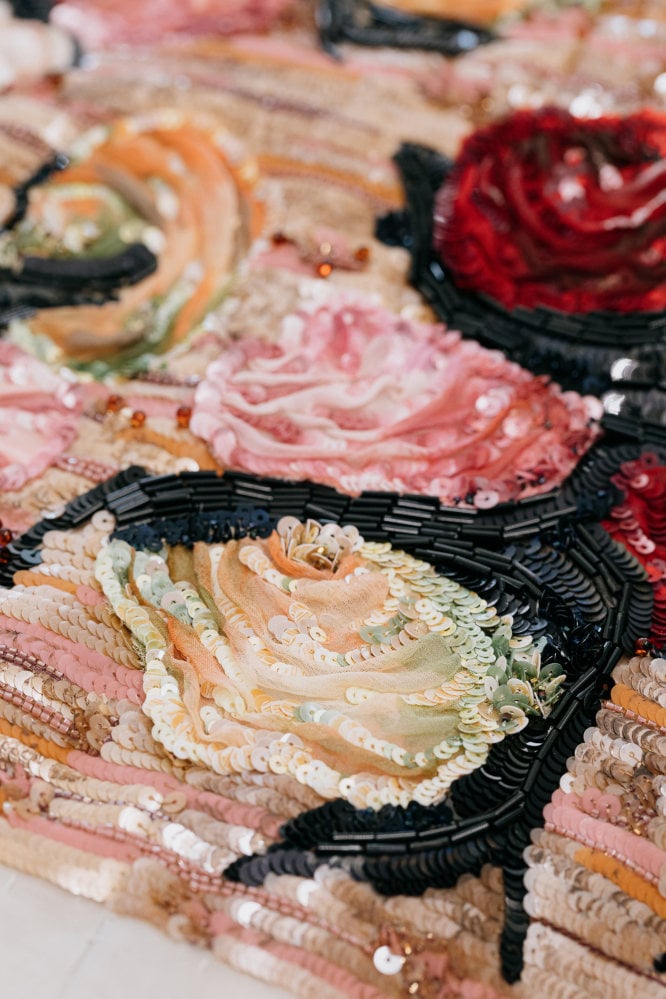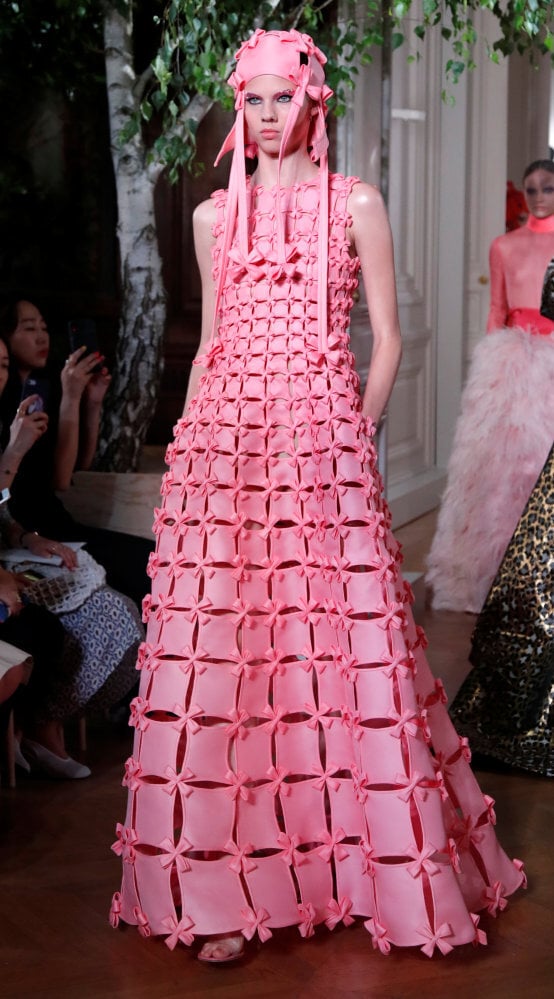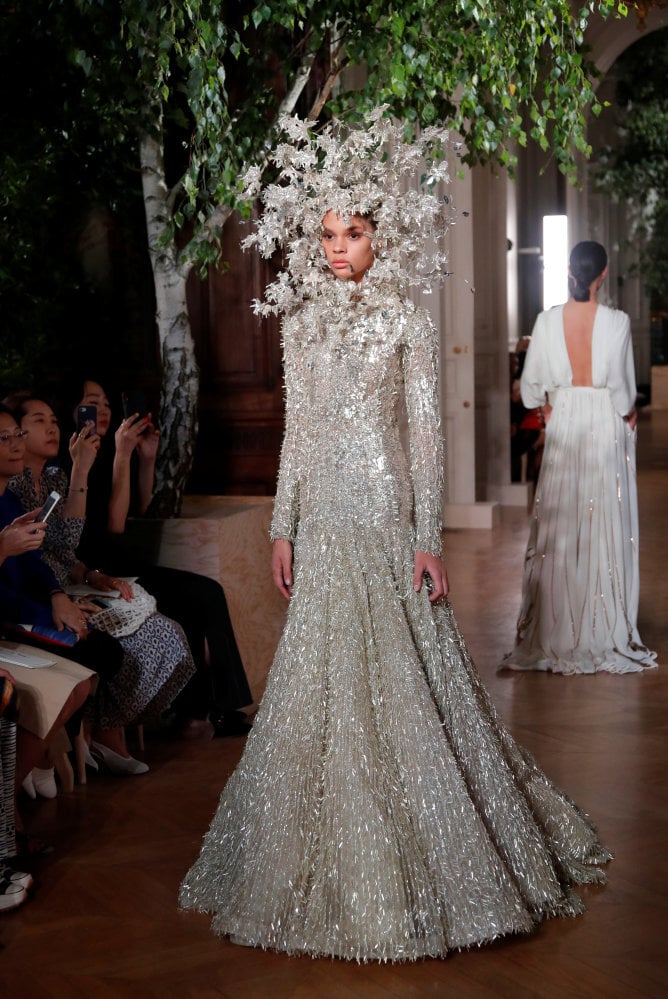Explainer / How do luxury brands get haute couture status? Only 17 fashion maisons – like Dior, Chanel and Armani Privé – are recognised as such for their US$150,000 bespoke gowns

An haute couture creation costs anywhere from a minimum of US$10,000 up to US$150,000 and beyond for the most extravagant, intricately embroidered gown. But for those with the funds, what goes into one of these fantastically ornate pieces of apparel more than justifies the cost.

Lady Gaga’s best House of Gucci press tour looks, from London to Milan

A simple women’s couture suit might require 150 hours of work to make. An elaborate haute couture gown is on another level, however. One dress can take more than a month for the atelier to complete, representing over 1,000 hours of work – in extreme cases, perhaps even several times that number.
How millennial Chinese designers are infiltrating world fashion
Four to 10 craftspeople may work on a single haute couture dress. Each of these artisans – known as petites mains – undergoes a thorough 10-year apprenticeship and many spend decades working loyally at an atelier, or private workshop, translating designers’ visions into reality.
A French governmental body, the Fédération de la Haute Couture et de la Mode (FHCM), strictly regulates which couturiers can assert haute couture status. Each maison must own an atelier in Paris with a minimum of 15 full-time employees, have 20 full-time technical workers in an atelier somewhere, and show 50 looks, at presentations held twice a year.
5 of the trendiest designer trainers for autumn/winter
The FHCM currently recognises just 17 grand couturiers, including Christian Dior, Chanel, Schiaparelli, Maison Margiela and Jean Paul Gaultier, plus nine foreign members – Armani Privé, Valentino, Atelier Versace and Fendi among them. The regulations are exacting. Big names have seen their status revoked and had to fight their way back onto this exclusive list.

Art, history and haute couture: Dior at Paris Fashion Week

- French body FHCM sets the rules for haute couture ateliers, which can spend over 1,000 hours on a bespoke gown – while a tailored Savile Row suit only requires 90
- Schiaparelli, Maison Margiela and Jean Paul Gaultier are on the list as well as foreign members including Valentino, Atelier Versace and Fendi